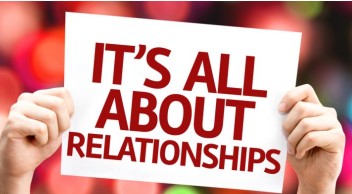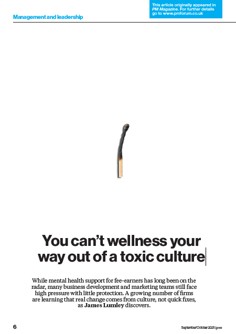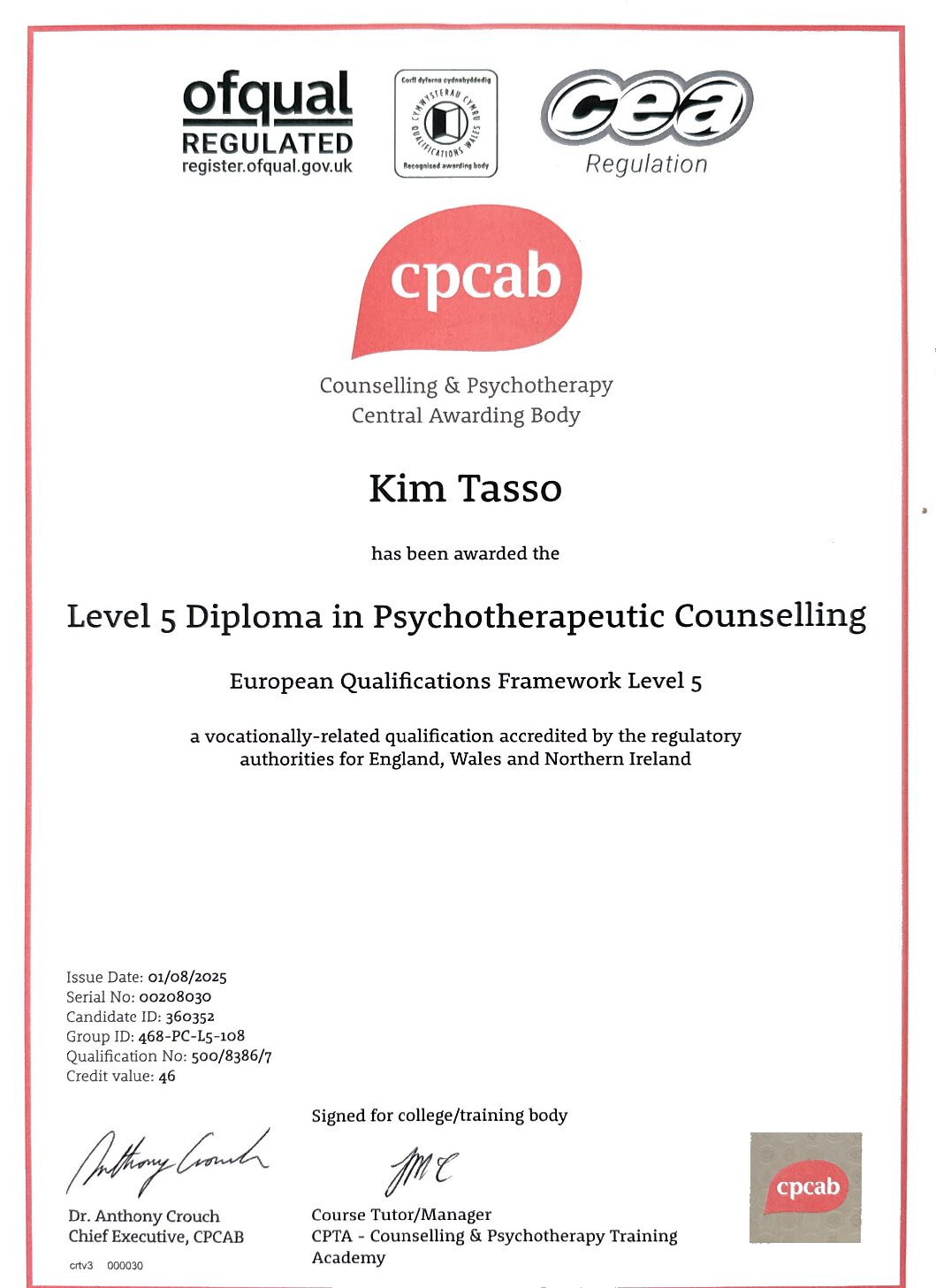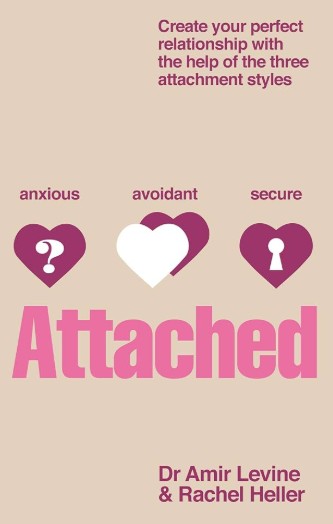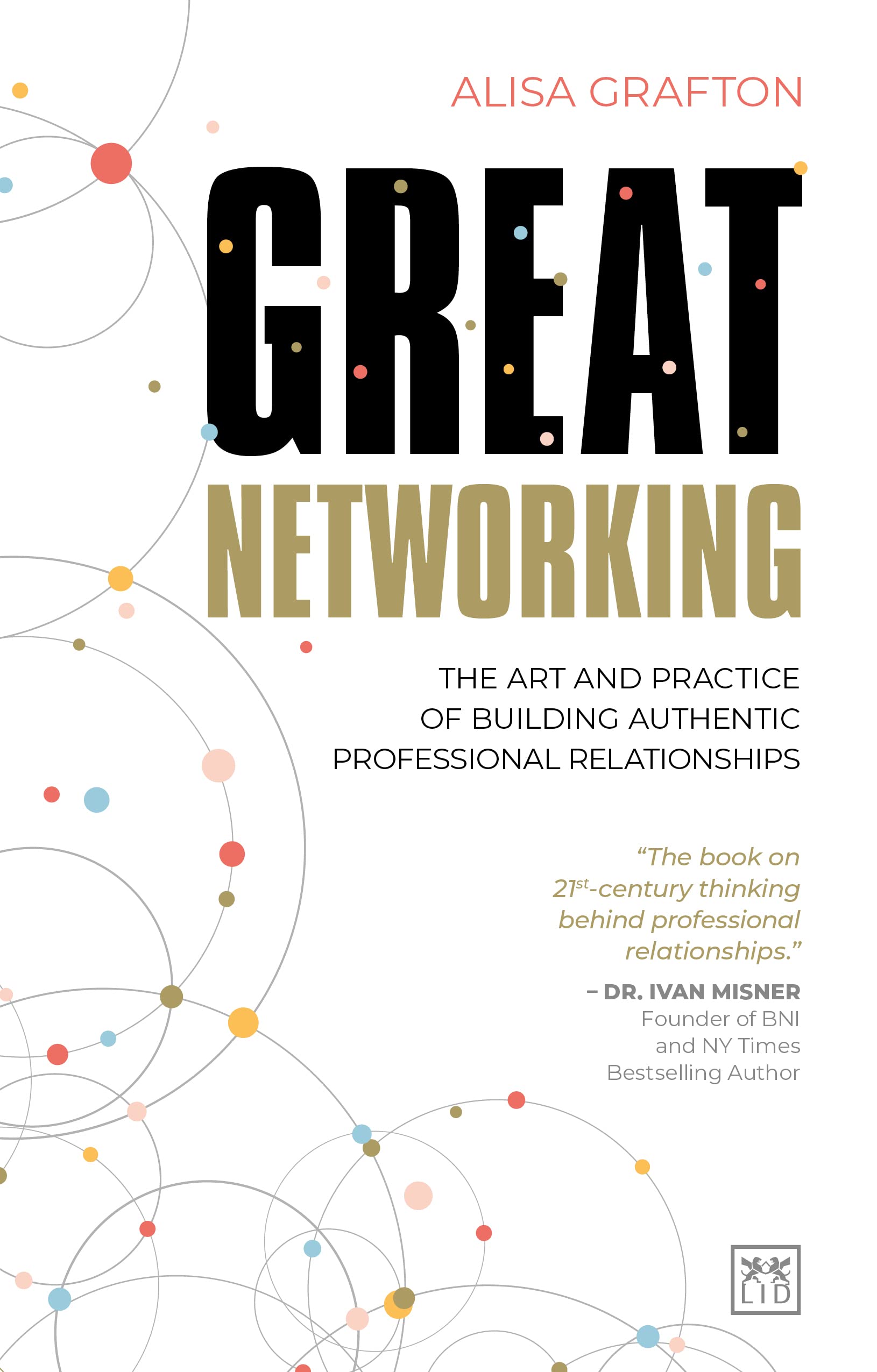
To support delegates on networking training sessions, I like to review (and recommend if appropriate – see the list below) the latest books on the topic. This book was published in 2022 (so it’s post-Covid) and is subtitled “The art and practice of building authentic professional relationships”. The author is female (remember those original great networking books in 2004 by legendary networker Carole Stone?) and a lawyer (at De Pinna LLP ) working in the City of London (but originally from Russia). So here’s a book review – Great networking by Alisa Grafton.
Part 1 – The art of relationship building
“Multiple studies have concluded that the key to happiness is the quality of the relationships that we have in life”. The book is the author’s attempt to change the way we approach building relationships. She mentions the social capital in our relationships and the need to see networking as an opportunity. Her aims are to demystify the process of forming and reinforcing professional relationships and there’s a nod to Dr Ivan Misner – founder of BNI (Business Networking International).
I love her quote “Expertise can be learned but trustworthiness is cultivated”. She busts the myth that the “likeability factor” is something you are either born with or not. She warns of the problems caused by the digital revolution: “The transformative role that virtual communication has played in our life has a dark underbelly: it dulls our essential social instincts. It prevents us from honing the skills necessary for developing social connections, nurturing relations and ultimately, taking our rightful place in society”.
“Why does it feel so scary to network?” She remarks that being open is a complex state of mind that requires stepping out of one’s comfort zone. Yet she balances this with our inbuilt need to be part of a tribe. Networking fears include those of being “cancelled” or ridiculed and the pain of social rejection. I admire her use of language and metaphor: “a withering look from a sought-after business contact can feel like a stab in the heart and make self-doubts resurface like worms on a rainy day”. She is painfully honest as she shares some of her networking mistakes and explains that we should not be deterred from networking because of an act by another person for which we should not bear any responsibility.
She explores “Networking’s bad rep” by observing that it moved from being part of an informally interconnected group to having a purpose of exchanging information and developing contacts. And the habit of conversations becoming transactions rather than human interaction: “treating people as objects is the modern disease”. She repeats advice from Keith Ferrazzi (author of “Never eat alone”) that it is not a numbers game but your goal should be to make genuine connections with people.
She points out that in social situations what we fear is likely to happen. She talks about using networking to develop the impression that you leave with others. She argues that great networking is “authentic people building authentic relationships”.
Asking questions is a superpower as it projects interest in others and willingness to help, regardless of the immediate “usefulness” of the other person. She alludes to the concept of “giver’s gain” – the need to understand what may be of interest to the other person. She comments on Dale Carnegie’s idea to “make the other person feel important”. Book review “How to win friends and influence people” by Dale Carnegie (kimtasso.com)
The recipe to be likeable, influential and able to lead includes: authenticity, humility, humour, unaffectedness (lack of desperation to impress others) and charisma. She mentions research that suggests when we meet someone, our brain is wired to scan for signs of trustworthiness and references psychological safety (being able to share our thoughts without being judged). Trustworthiness means having integrity, being authentic and candour.
We are meant to connect, naturally. She talks about the joy of sharing and quotes Robert Waldinger, psychiatrist at Harvard Medical School, who argued that “tending to your relationships is a form of self-care, too”. And supports that with words from another psychiatrist – George Vaillant: “Relationships play at least as important a role in healthy ageing as factors like physical activity, avoidance of alcohol abuse and smoking, effective coping with life’s stresses and maintaining a healthy weight”. She cites evidence from geneticists about the importance of happy hormones and delves into different views of human nature.
“If you are looking for success, treat your social capital with as much foresight as your financial capital”. She describes social capital as comprising all of your connections and relationships. She talks about the need to have a genuine interest in people – to channel curiosity (see What is curiosity and why is it important in business relationships? (Video) (kimtasso.com)) into learning more about others. She uses the oft-quoted line “People do business with people”.
The chapter on the problem with disconnection and social anxiety focuses on being compassionate to oneself. I liked her comment “conducting most of our social life on a screen gives the illusion that we are relating and communicating” and “how ironic that through our over-exposure to social networks we are losing our ability to be social”. She stresses the need to talk to each other in person which was severely affected by the pandemic. And quotes the great psychologist Brene Brown that we disengage to protect ourselves from vulnerability, shame and feeling lost and without purpose. There’ an eloquent summary: “the very essence of networking: to take disconnected threads, the tangled pieces of a rope, and weave a web of relationships that enrich and improve on every level”.
There’s a chapter devoted to knowing your purpose. She recounts another early networking fail driven by her imposter syndrome. The lesson was the need to consider what really motivates you, your natural strengths and where you can make a positive difference in the world. She shares the helpful guidance from management and AI lecturer Brigette Tasha Hyacinth “Fill in the blank. My life is ideal when I’m_______”. She argues that the more evident it is to yourself, the more easily we can communicate it to others. And if that wasn’t enough to convince you, she mentions research that suggests those who have a clear sense of purpose, and specific goals and a structured plan to accomplish them often earn up to ten times more.
She returns to the theme of needing to be a giver – but not a selfless kind. She shares a lesson from a former senior partner of a City law firm to give ahead of receiving (this is a well-known psychology principle – see the work of Robert Cialdini on reciprocity Small changes that spark big influence (persuasion science) (kimtasso.com)). But warns of psychology professor Adam Grant’s advice about avoiding “giver burnout”.
Part 2 – the hows of working any room
At page 100, the author shifts from philosophy to the practice of networking. She uses the metaphor of a shared playground for everyone to describe a networking event and to overcome FOPO (fear of other people’s opinions). Everyone comes to the playground for the same reason.
She suggests that being an introvert is a super-power and explains the popular Myers-Briggs personality assessment (this and other psychometrics are described here Creativity and personality profiling (kimtasso.com)). And she says “the concept of small talk can be tortuous to a classic introvert who might find it too shallow to serve a real purpose in getting to know someone”. She advises introverts to take time to recharge and recover in solitude between networking events. And shares research that two thirds of us are ambiverts. She suggests that self-awareness is important and another networking superpower. For her, there’s “joy of building bridges between people and open new opportunity for professionals from around the world”. She argues that quality over quantity is important for networking conversations.
Her most important rules of networking include how to read the room and speak to anyone with ease and grace. She tackles the challenges of starting a conversation and reminds us of Dale Carnegie’s advice to use people’s names (for tips on how to remember names: 16 ways to remember names when networking – Kim Tasso
Her rules for entering a room for networking are:
- Ready up (hope for the best, prepare for the worst – prepare a short, punchy elevator pitch)
- Read the room (Have focus – know who you want to meet, take a moment to watch the dynamics, ask “May I join you?”)
- Aim for a light but interesting conversation (give attention to people)
In small talk vs meaningful conversation she suggests small talk should be positive (see Emotional contagion, delegation, coaching and team meetings (kimtasso.com)) and that you should smile, expect the best in people, identify things in common, offer a genuine compliment, share your educated opinions on (non-inflammatory) current topics, interject some humour, offer something about who you really are and listen (see Active Listening (Video) (kimtasso.com)).
She adds that by listening carefully to what people say you gain insight into what is really important to them. She cites psychology research that shows people are wired to reciprocate if you share something meaningful in a conversation. She reminds us of the power of the 5W questions – When, Who, Why, What and Where.
The next chapter focuses on curiosity and questions. These topics are close to my heart (see What is curiosity and why is it important in business relationships? (Video) (kimtasso.com) and The Human Edge – How curiosity and creativity are your superpowers (kimtasso.com)). She mentions the idea of “attentional networking” by Itzik Amiel. Other research is mentioned that goes back to the Dale Carnegie principle: “You can win more business in two months by becoming interested in other people than you can in two years trying to get other people interested in you”. But I like the way she suggests being a good listening is not like being a sponge – but a trampoline.
She suggests your need to be vulnerable to connect. This chapter starts with empathy and moves on to getting over the awkward and the scary – the less-pretty faces of networking and the power of the fear of rejection. She says to expect difficulties. But she also talks about reframing fear as excitement (for more on reframing Building Resilience – Regulation, Reframing, Relationships and Reflection (kimtasso.com)). She also explains how she manages rejection: “I am convinced that rejection is 100% about the other’s personal agenda – or their personal flaws – and no reflection of how worthy I am”.
She goes on to describe some of the shady characters who give networking a bad name: The monopolizer, the attention-seeker, the over-the-shoulder-glancer, the social-butterfly-on-speed and the ghoster. She shares advice on ending a conversation gracefully – in an honest, polite way.
There are lessons on virtual networking – research (including the use of social media) in advance and know your purpose. She finishes with some wisdom from other people (many lawyers) and some tips to remember.
Part 3 – Reap joy and mutual benefits from being connected
There’s a very short final section “This relationship is marathon, not a sprint”. And some interesting suggestions about how to make your business card more appealing. She stresses the need to follow up quickly. And to grade your contacts (in person – “coffee meetings are the new black”) for those on your A list, touch base every few months with B list and keep an eye on what’s going on with your C list and connect those on the fringe with social media).
My view
Whereas many networking books are simply lists of practical things to do (and not do), this book is more a persuasive philosophical conversation that gets you into a positive frame of mind to talk to people naturally. It reframes networking from an artificial and awkward activity to something that is entirely natural and even healthy. “Networking is another word for relationship building”. Once your mindset is right, she provides pragmatic and hard-earned advice on how to proceed.
The author pulls no punches – she bravely shares some of her networking mistakes. It’s reassuring in that she argues that you need to be yourself and not be overly concerned with what you achieve or do but to concentrate on just making that human connection. The research she cites and the people she name-drops add interest, evidence and credibility. It’s a refreshing, honest, wise, eloquent and relatively quick read.
Related networking posts
Introduction to networking skills (Video) (kimtasso.com) May 2022
Better Business Relationships – The building blocks (kimtasso.com) June 2020
Book review of Will Kintish’s Business Networking – a survivor’s guide (kimtasso.com) June 2014 The author is a former accountant
book review persuading, networking and selling (kimtasso.com) March 2012 Author Nick Davies is a former barrister
16 ways to remember names when networking – Kim Tasso May 2010
Book review: Digital Body Language – How to build trust by Erica Dhawan (kimtasso.com)


